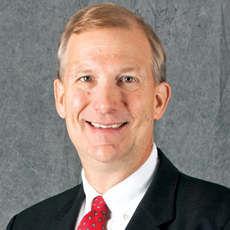
There were a lot of red-eyed long-term care policy experts Tuesday morning. It’s one of the consequences of having 1,300 pages of fresh officialdom dropped in your lap the afternoon before.
So now a lot of the anxiety over rollout of the Patient-Driven Payment Model can be allayed, or at least trained through. Providers will get there, and the diligent ones will be successful, experts seem to agree. In other words, just like always.
But amid a lot of calm assurance, there was one alarm bell sounded Tuesday in the aftermath of the RAI manual release. It’s a new era and providers must respond accordingly, warned Leah Klusch, the Executive Director of the Alliance Training Center.
That goes especially for you, MDS coordinators.
“The MDS process has to be made more interdisciplinary in almost every building in the country,” Klusch emphasized before hopping on an airplane to deliver to the crew at an Oklahoma LeadingAge meeting what could very well be the first training under Version 1.17 of the Long-Term Care Facility Resident Assessment Instrument 3.0 User’s (draft) Manual.
“If you feel your interdisciplinary process is good, just work on it a little bit harder because PDPM is going to require so much good interdisciplinary communications,” she continued. “This is our opportunity to really build those lines of communication with our team.”
In other words, the facts will take care of themselves, and the processes will be sorted out by diligent staff members intent on being compliant. But it won’t happen without the whole team involved in this new era.
“The MDS manager cannot do this by themselves,” Klusch stressed. “It’s impossible.
The smart MDS manager will keep those words in mind. Moreover, the colleagues of any such MDS personnel would do well to keep them in mind — and find ways to help their MDS sisters and brothers.
Whether it’s adjusting to the fewer assessments or the possibility of an Interim Payment Assessment (which is always optional, CMS official John Kane wants emphasized), colleagues can be of help to their MDS coordinator. That goes for other topics, too, like parsing Section GG and its new definitions (especially when it comes to self-care and mobility) and the new, very specific language in Section J about diagnostic categories for surgical procedures.
Of course, the massive changes in Chapter 2 (dealing with assessments) and brand new Chapter 6 (about PDPM and payment provisions) also can use some sympathetic eyeballs in any given facility.
As Klusch succinctly puts it: “There is a need for everyone on an interdisciplinary team to be aware of what’s changed.” You heard it here, and now you have the RAI “playbook.” Go, team, go.
Follow Editor James M. Berklan @JimBerklan.




